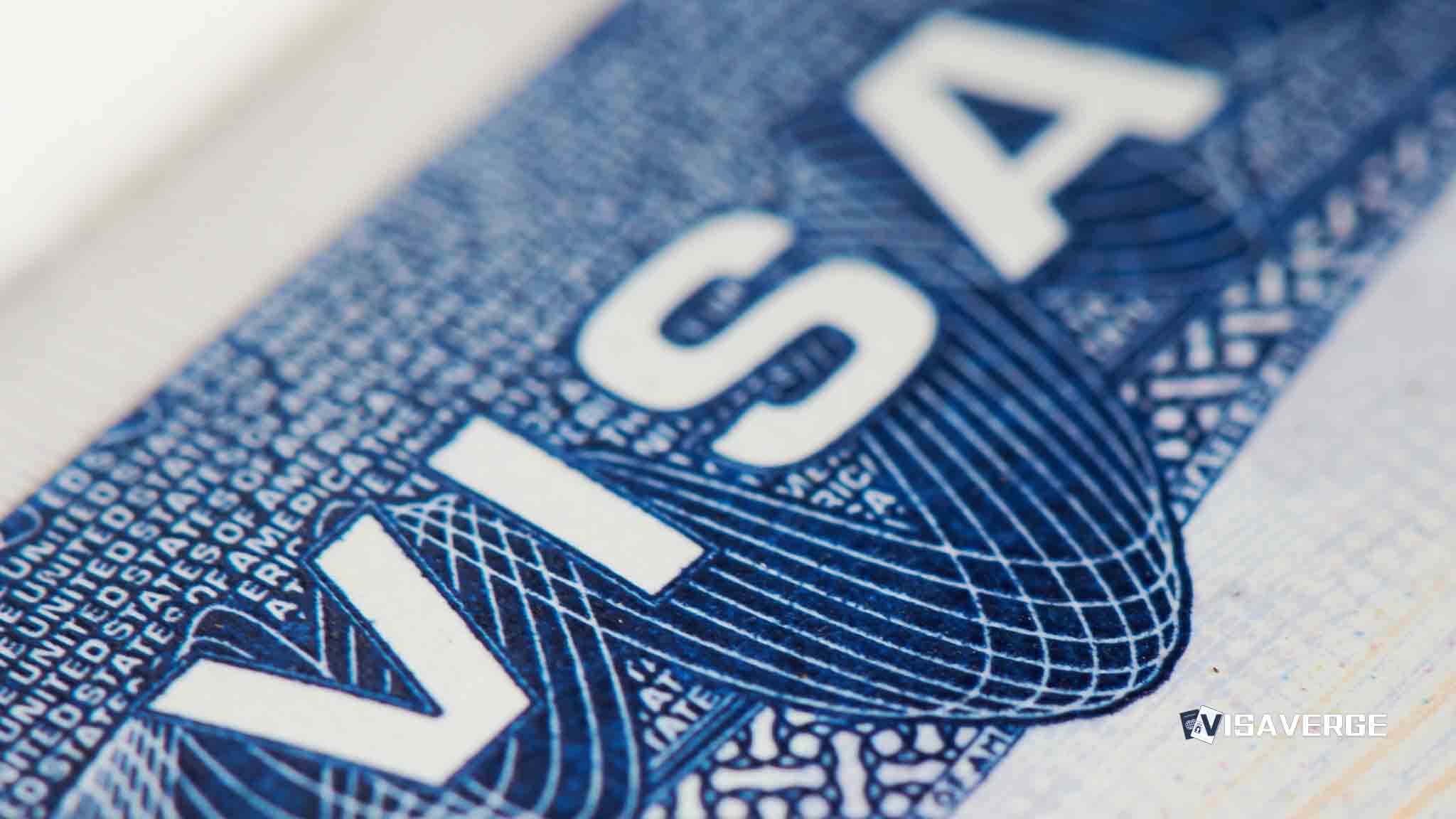(UNITED STATES) H-4 spouses can keep their jobs even if a federal funding lapse complicates other parts of the immigration system. The key update: an H-4 dependent may file a standalone H-4 EAD renewal using Form I-765 without the principal H-1B worker filing an H-1B extension at the same time, including during a government shutdown.
As long as the H-4 spouse is in valid H-4 status when filing, and meets eligibility rules, the renewal can proceed on its own. In addition, for timely filed renewals, USCIS permits an automatic extension of work authorization for up to 540 days, effective January 13, 2025, which helps prevent job loss while the case is pending.

How the standalone H-4 EAD renewal works
USCIS ties the H-4 EAD to the H-4 spouse’s valid status, and the H-4 status depends on the principal worker’s valid H-1B status. But the EAD renewal itself is a separate application.
- The renewal does not require a concurrent H-1B extension filing by the principal.
- The separation is important for families worried about timing, agency delays, or budget battles in Congress.
- Even if the principal has not filed a new H-1B extension at the moment of the H-4 EAD renewal filing, the H-4 spouse can still file, provided:
- The spouse remains in valid H-4 status at filing, and
- The spouse meets the EAD eligibility rules.
Automatic extension: key details
The automatic extension is designed to reduce harm caused by processing backlogs and external disruptions (including a government shutdown).
- Effective date: January 13, 2025
- Extension length: Up to 540 days past the EAD’s listed expiration
- Conditions for eligibility:
- The H-4 EAD renewal is filed before the current EAD expires (i.e., timely filed).
- The H-4 spouse is in valid H-4 status at the time of filing.
Important: If an H-4 spouse’s status has already expired and the H-4 extension is still pending, the automatic extension does not apply.
Policy clarification (concise)
- The H-4 EAD renewal application is a separate process; a standalone filing of Form I-765 is permitted.
- The H-4 spouse must be in valid H-4 status at filing; that status depends on the principal’s H-1B status but does not require a same-day H-1B extension filing.
- USCIS provides an automatic extension of up to 540 days for timely filed renewals, effective January 13, 2025.
- The automatic extension is available only if:
- The renewal is filed before the current EAD expires, and
- The H-4 spouse holds valid H-4 status when filing.
- The extension eligibility is independent of whether the principal H-1B holder files an extension during a shutdown.
- Standalone H-4 EAD renewals remain allowed even if some USCIS operations are affected by a government shutdown.
Impact on workers, employers, and families
For H-4 workers:
– Greater control over job continuity and less dependence on the principal’s filing schedule.
– The 540-day automatic extension, when triggered, addresses the risk of losing income during long processing times.
For employers:
– Reduced staffing disruptions and clearer guidance for HR to keep trained staff on the job.
– Managers can plan around extended authorization windows rather than abrupt EAD end-dates.
For families:
– Stability for mortgage payments, childcare, medical bills, and other household obligations.
– Reduced risk of sudden income loss due to processing delays or shutdowns.
Practical steps and best practices
- Confirm status
- Ensure the H-4 spouse is in valid H-4 status on the day you file the renewal.
- File timely
- Submit Form I-765 before the current EAD expires to trigger the automatic extension.
- Keep records
- Retain the USCIS receipt notice as proof of a timely filing for HR purposes.
- Calendar reminders
- Set reminders well ahead of the printed EAD expiration date to avoid late filings.
- Employer coordination
- HR should be prepared to accept the timely receipt as evidence and track the 540-day window.
Evidence and HR considerations
- The automatic extension can be documented by the timely USCIS receipt notice linked to the expiring EAD.
- Employers should review the receipt and track the extension from the EAD’s listed end date.
- When in doubt, verify that the H-4 spouse was in valid H-4 status at the time of filing.
Where to file and more information
For practical filing, use Form I-765, the application for employment authorization. Applicants can access the official instructions and filing options at the Form I-765 page on USCIS.gov:
– https://www.uscis.gov/i-765
Summary / Bottom line
- An H-4 spouse may file a standalone filing for H-4 EAD renewal without the principal H-1B holder filing an extension, including during a government shutdown.
- If the H-4 spouse files the renewal before the current EAD expires and is in valid H-4 status at filing, USCIS grants an automatic work authorization extension for up to 540 days, effective January 13, 2025.
- If H-4 status has already expired and the H-4 extension is pending, the automatic extension does not apply.
Families who follow these rules can better protect their incomes, employers can keep teams staffed, and communities can maintain stable services. The policy provides H-4 workers a clear path to remain employed while USCIS processes renewals, regardless of shutdown-related disruptions.
Frequently Asked Questions
This Article in a Nutshell
USCIS now allows H-4 spouses to submit standalone H-4 EAD renewals using Form I-765 without the principal H-1B holder filing an extension at the same time. The key conditions: the H-4 spouse must be in valid H-4 status at filing and must file the renewal before the current EAD expires. For timely-filed renewals, an automatic extension of employment authorization for up to 540 days takes effect January 13, 2025, providing protection during processing delays and government shutdowns. The automatic extension does not apply if H-4 status has already expired when the renewal is filed. Applicants should retain USCIS receipt notices as proof for employers and follow official I-765 instructions.













